@omprograms
Uncertainty is almost inevitable and, in a way, even a familiar part of our lives. But when the level of uncertainty is high, it can affect a whole range of important aspects of our lives.
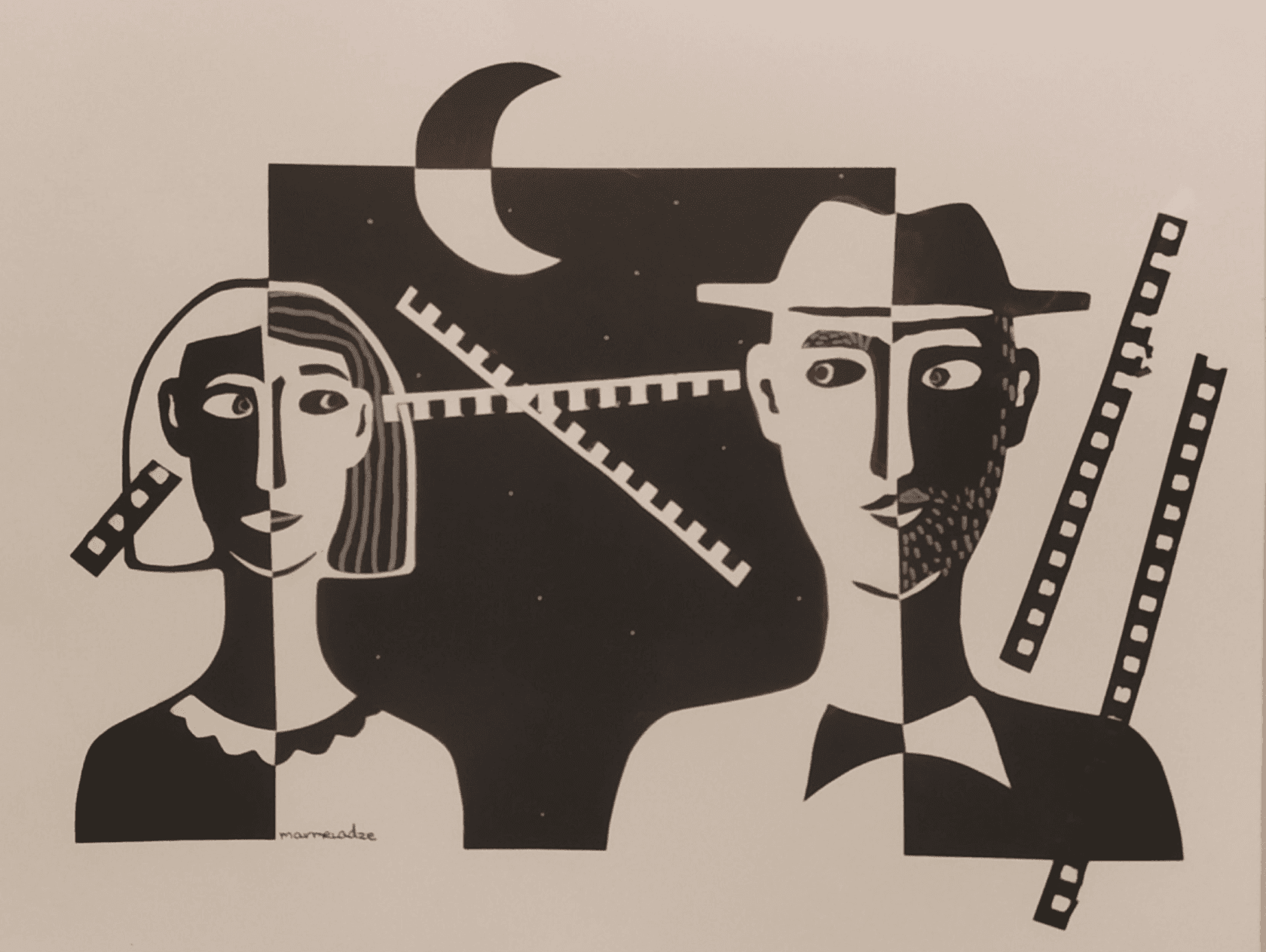
Back to the Future (Part 2)
Artistic Psychotherapy Time.
Fyodor Efimovich Vasilyuk wrote that psychotherapy is an art, the art of transitions between chronotopes (space-time continuums) According to Vasilyuk, it is this peculiarity of psychotherapy that makes it similar to art, and time in psychotherapy - to artistic time.
It is indeed possible to find similarities in the properties of time in different art forms (in poetry, literature, theater, film, music, dance) and psychotherapy.
In virtually all art forms, except perhaps the visual arts (time seems to be present differently in painting, drawing, and sculpture). This is partly due to the fact that the techniques used by psychotherapists in their work are similar to those used in creating a work of art.
The therapist takes advantage of what I. Zakharyan [3] in his article "Aesthetic qualities of therapeutic work" calls "changing the character of living time". In this sense, psychotherapy "treats time the way art does. It arbitrarily compresses and stretches".
The therapist must be able to be both a good viewer (understanding how he or she resonates with what the client is offering in the here and now) and a willful movie mechanic, either suggesting continued viewing, pressing freeze frame, slowing down the viewing, discovering where there has been an altercation with time, or suggesting that this tape be played again.
Psychotherapeutic interventions undoubtedly influence the experience of time in session. We often ask the client to say or do something slower or faster, to repeat words or movements, to amplify some manifestations to make them more obvious (tone, loudness or, on the contrary, softness of voice, posture, amplitude of movements). Sometimes the therapist asks the client to dwell on events and related experiences and bodily phenomena that precede what the client sees as the main (possibly traumatic) event. In fiction, this technique is called retardation. And sometimes the therapist uses the cinematic technique of storyboarding (you can ask the client to tell his/her story, stopping at episodes, if it seems to the therapist that the client does not realize how his/her experiences change and what influences it). Client Lera, 42 years old. She came to me because she is "tormented by the fact that she does not feel successful". Here is a piece of work in which Lera talks about her difficulties in communicating with her boss at work.
"When I go into his (the boss's) office, I can't say two words. I seem to know in advance what I wanted to tell him (about a new project that a client has come up with, which both she and I find very interesting), but I don't have time, because he gives me some tasks, stupid assignments to do. I'm trying, but it's not working out so well. Maybe I'm really stupid."
I suggest to the client a simple experiment: to repeat the story frame by frame, with me as the boss. We make a small script, and the client breaks down the story she has just told into episodes. I get the role of the supervisor. Scene 1 (before entering the office): "I kind of know in advance what I wanted to say..." I pay attention to the bodily experience of interest and desire to realize the project. Lera feels excitement, looks energetic. She feels warmth in her palms.
"When I walk into your office, I can't say two words...I feel so small."
— How do you understand what is happening with your body?
— I am losing my legs. I can't feel my legs... You look at me like that... and probably think... How stupid and inexperienced... I can't say anything.
I draw the client's attention to how she physically feels the moment when she makes herself small.
— How do you understand what is happening with your body?
— I am losing my legs. I can't feel my legs... You look at me like that... and probably think... How stupid and inexperienced... I can't say anything.
I draw the client's attention to how she physically feels the moment when she makes herself small.
"I try, but it's not going very well. Maybe I'm really stupid."
"Please find me all the articles on this topic," I repeat the boss's last remark. Lera is tense, her hands are tense, and she leans forward. For a few seconds, Lera sits, clenching and unclenching her fists. Then suddenly, she goes limp.
— Что с твоим телом сейчас?
— Ой. Я опять не чувствую ног. То есть чувствую, но они очень слабые.
— И ты уже ругаешь себя?
— Да. И я опять стала маленькой…
This detailed "storyboarding" done by the client allows us to better see the experiences that are being missed. After it became clear how the client bodily experiences the moment when she makes herself small, and the meaning of this action was realized, we returned to two curious moments of the scenario. To how the client loses her interest and her curiosity (which happens between Scenes 1 and 2), and to how she deals with her aggression and her unwillingness to carry out her boss's errands, which seem meaningless to her. "I'm trying, but it's not working out so well."
Time in session may not only slow down, although it seems to happen more often, probably because it simply takes time to build a field in which the client can change (trusting relationships, resonance between client and therapist). And the altered sense of time itself, which arises in some of the situations with which clients come to psychotherapy (grief, trauma, depression) also takes time. However, the therapist's interventions not only "slow down" time Sometimes what was frozen and never happened can happen right here and now. It is not uncommon for time to speed up and slow down in the same session.
Client Svetlana, 40 years old, professionally successful, energetic, came in with depressive complaints. At one point in the session she felt anxious, restless and trembling in her hands and feet. I suggested that she follow her movements. Within minutes, the client was literally running around the room, waving her arms randomly. Then the client sat across from me, but her arms continued to move randomly as if in fast-forward. I asked the client to slow down. Soon the random movements began to take shape. The client sat across from me, rocking an invisible baby. Anxiety was replaced by sadness, and later by the realization of her desire to have a child and a family.
In a work of fiction, as in psychotherapy, time can be perceived in accordance with the real clock, or it can be felt as not only less, but also longer. An excellent example is given by N. E. Marievskaya, analyzing time in S. Eisenstein's painting "Bronenosets". Eisenstein's "Battleship Potemkin". [4]. The real shooting of peaceful townspeople by soldiers of the tsarist army lasted no more than two or three minutes, which were required to descend from the upper steps of the stairs. On screen, this horror lasts five times longer. This is achieved largely due to the space of the "endless" Odessa staircase. It is a direct illustration of the idea of chronotope, temporal-spatial relation.
Just as in a work of fiction, Time in a psychotherapeutic session does not only flow linearly. In film, literature, poetry, and psychotherapy, we are constantly dealing with changing temporal contexts. In the same space of a psychotherapeutic room, time can break, flow linearly, nonlinearly, and cyclically. But it is not necessarily continuous. Н. Е. Marievskaya in her work "Time in the movie" writes: "Continuity (in cinema), comes into dissonance with the more familiar to the cinematographer's ear word "montage"...meaning break, joint, gluing".
I think this is also true of the psychotherapeutic session. The client, with the help of the therapist, edits his or her story. It is not so much the facts that are important, but how the client chooses the shots for his movie. If a couple has come to therapy, it is important to see both movies, and they will surely be different, like the short stories in Kurosawa's Rasemon. The therapist's task in couples therapy may be to catch a point in time to help understand what went wrong when the story began to be read so differently by its characters.
From the point of view of Gestalt therapy, what can have therapeutic value, leading to the changes the client has come for, takes place at the boundary of contact, in the space between. And here the spatio-temporal connection is really realized, and, just as in cinema, time becomes "the basis of the fundamentals, like sound in music or color in painting" (A. Tarkovsky). In Tarkovsky's works, we can watch mesmerized as the pages of a book sway in the wind for long minutes or as streaks of light move in an almost frozen frame. This "almost" is what I think is very essential for both film and psychotherapy. Otherwise the frame of a movie would turn into a photograph, and the laws of time would become different. This "almost" is what makes the frames of a movie (even the most static ones) a movie and the minutes of a session (even the most frozen ones) a session. And this connection is made through kinesthetic resonance. Even the smallest movements of the therapist or client (a softened gaze, the corners of the lips barely raised in a smile, or the eyelids lowered), just like a strand of hair falling on the forehead of the heroine of the movie "Nostalgia," change space in time. These subtle changes in space over time can be the key to changes in a client's life. Both artistic and psychotherapeutic time flows in a paradoxical way. in a paradoxical way.
It can flow both linearly and non-linearly at the same time. No matter how non-linearly time flows in a poem, a movie, or a therapy session, it still flows linearly. Whatever point on the time line is being lived in the session at a given moment is being lived in the present. Interestingly, Marievskaya, when discussing time in film, cites the same passage from St. Augustine as J.-M. Robin (2016) does in her work Social Change Begins in Two: "One thing is clear: there is no future and no past, and therefore it is wrong to speak of the existence of three times: past, present, and future. It would be more correct to say that there is a past present, a simple present, and a future present" (Augustine, 2003).
Indeed, a movie consists of frames, each of which the viewer watches here and now, that is, each frame belongs to the present, but in this present, as well as in the session, the past, the present, and the future can be experienced and conceptualized. And in this experiencing and comprehension, the new is born, the very new experience that emerges from the acquisition of "lost" or "not acquired before" time, for which the client comes to therapy and the viewer to the movie. This possibility and value of the new is also a property characteristic of both artwork and psychotherapy.
The past is frozen, and the hero (or client) tries again and again to "relive it". He himself is frozen between desire and unwillingness, possibility and impossibility to overcome this "barrier", the "wall" that separates a person from life here and now. (I don't even know what I am writing about now: a psychotherapeutic session or Tarkovsky's movie "The Mirror"). But the possibility of this new is not at all guaranteed. Moreover, it is uncertain. The presence of uncertainty (existing in therapy as a reality that has to be accepted, and in movies as an artistic device) is also a function of time. Someday (in time) it will be clear whether this possibility has been realized.
The ability to experience uncertainty and the anxiety associated with it is an important part of therapy. In movies, it is an indispensable part of the plot. "The struggle of the hero, his conflict with the world implies a complex dynamic, including moments of aggravation, extreme uncertainty, when the future is not defined and its features are hidden from the hero," writes N. E. Marievskaya.
In a movie, just as in a psychotherapeutic session, there is something that has already happened, some conflict between the hero of the movie (the client) and the world that must become apparent; there is uncertainty (that must be experienced) and there is the possibility of the new.
In our work with the client, we break this uncomfortable but established equilibrium, make this inconvenience, this conflict between the person and the world, help him or her to survive it, and only then look for new opportunities to find balance, look for ways of creative adaptation. This is very similar to the structure of a movie unfolding in time. N. E. Marievskaya describes it as follows: "The structure of a cinematographic work is a triune completed cycle: disturbance of equilibrium → development of the dynamic process → restoration of equilibrium".
In a session, just as in a work of fiction, there is a climax, a contact, an encounter. If the depth of experience is not mastered by the author, the work of fiction becomes a blank slate. The same can be said about the co-authors of the psychotherapeutic process - the client and the therapist. In this sense, I join O. Nemirinsky, who believes that in both psychotherapy and art, "experience is presented in its sharpened, sometimes extreme, form" (Nemirinsky, 2009) [5]. The unfolding of the dynamic process is, in fact, the unfolding in time of the experience. And the understanding of the meaning of that experience. Experiencing is a process that takes place in the present, a process of present interaction with the world. "The word "experience" means not a single emotion but a holistic current experience, and the word "experience" means not "past experience" but a holistic process of experiencing a current interaction with the world" (Nemirinsky, 2017).
Experiencing gives us the opportunity to remain "in a temporal perspective". The concept of "temporal perspective" was introduced by K. Lewin, who suggested that the field is influenced by perceptions of the ideal and real future and past. At any given moment, all parts of the field are subjectively experienced and determine the behavior of the individual. Frankl describes the temporal perspective as "the complete set of an individual's perceptions of his psychological future and psychological past existing at a given moment in time".
Events occurring at different times influence each other. They can meet "across time in a kind of synchronized dance that defies all our common-sense imagination" (Philippson, 2012).
This is made possible through experience. Experience is the thread that ensures the integrity of our time, defining the connection between our past, present and future. Past, present, and future are separated on the one hand and connected on the other through our experiencing in the present the experiences of the past and the prospects of the future.
"The functional role of art is to maintain the fullness of the spectrum of human experience. Since experience is a specifically human means of overcoming critical situations (situations of stress, frustration, conflict and crisis) [Vasilyuk, 1984], it is clear that the structure of both therapy and art may well have common features determined by the nature of the phenomenon of experience itself," writes O. Nemirinsky (2009). In my opinion, the role of art, as well as of psychotherapy, is not only to maintain "the fullness of the spectrum of human experiences", but also to make these experiences make sense, to meet their meanings. The finding of meaning in the experience seems to me to be as important as the experience itself. Only then does the time of the situation become cyclical, the beginning connects with the end, the cycle of contact can be completed, and the way to the new opens up. The acquisition of meanings is necessary for the assimilation of experience.
The longer I wrote this work, the more I had a feeling of the infinity of this theme. I found consolation in the words of I. Smoktunovsky in the movie "Memories in the Garden": "Earlier in the work on the role I ... came such a moment: well, that's it, I reached the wall, the hero is exhausted. And now I know: there is a door in the wall, behind it another room, and there is a third, fourth ... It is not necessary to open all the doors. There must be a sense of proportion, of artistic expediency. But it is important that the actor and through him the spectator feel that man is inexhaustible, man is infinite..."
Perhaps this is true for therapy as well. It is important that what happens during the session remains within the bounds of the necessary expediency. And the client would have a vision of new possibilities and a belief in changes that he or she can realize, not only right "now", but perhaps in the near or more distant future.

Fill out the form below, we will answer your question shortly!

Uncertainty is almost inevitable and, in a way, even a familiar part of our lives. But when the level of uncertainty is high, it can affect a whole range of important aspects of our lives.
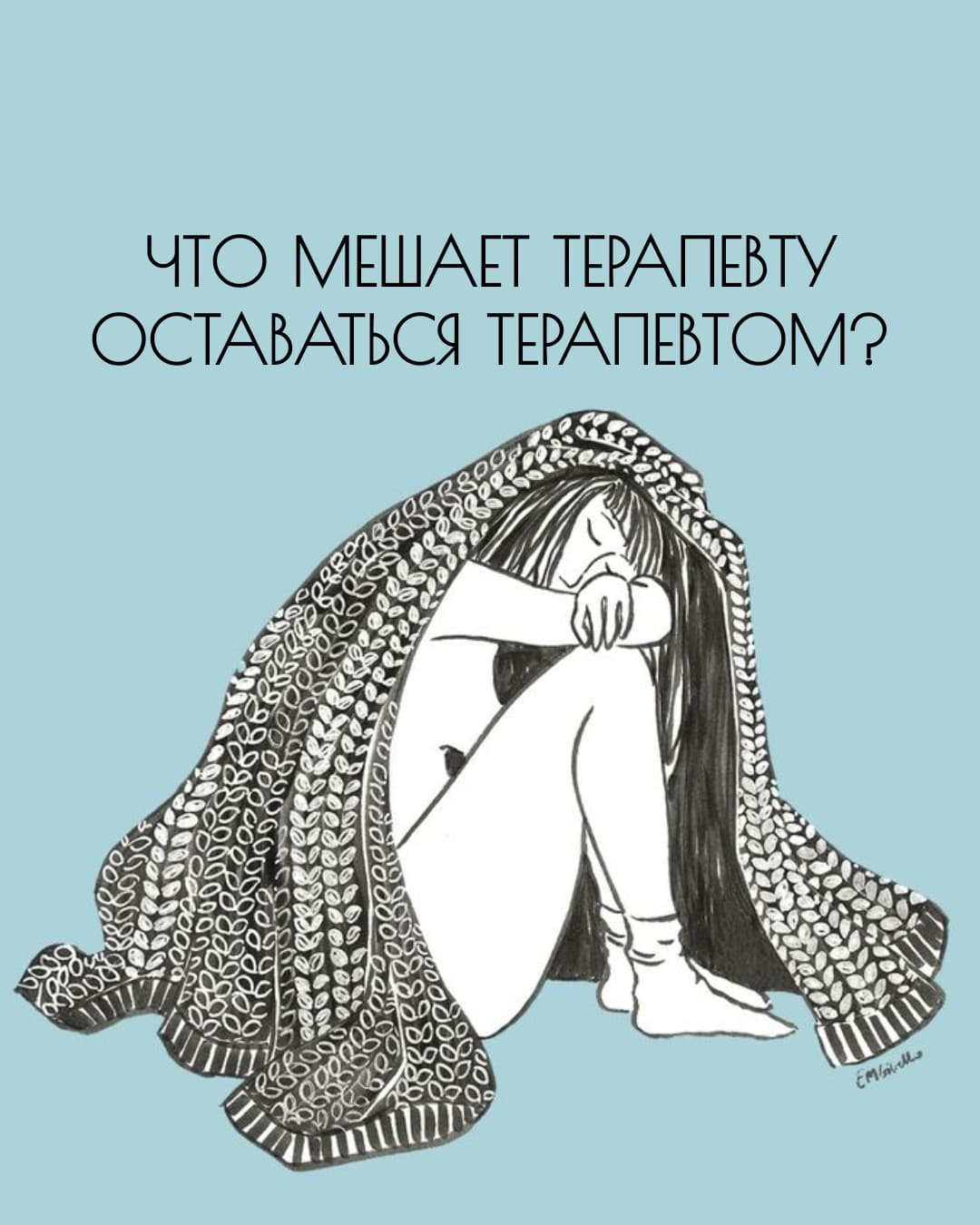
WHAT PREVENTS A THERAPIST FROM BEING A THERAPIST?
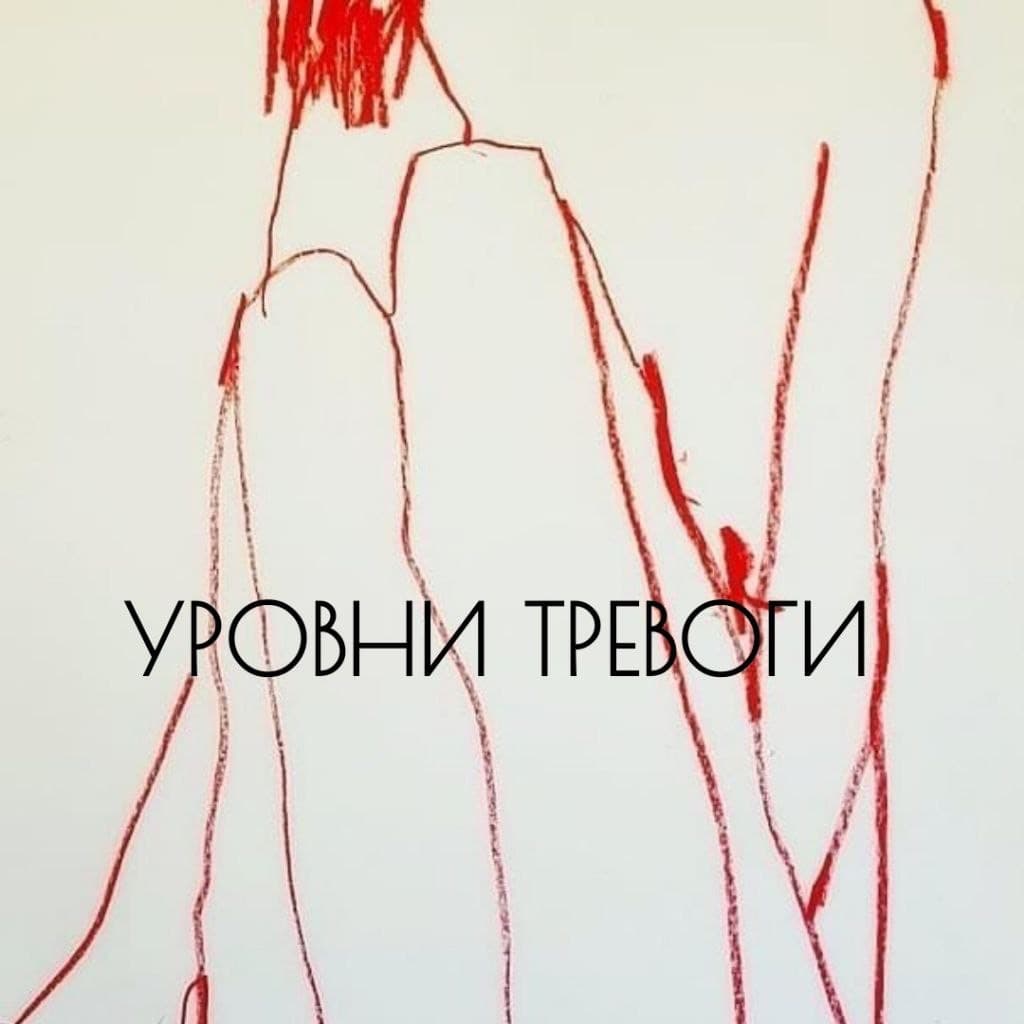
Alarm levels. What is anxiety and how to deal with anxiety?
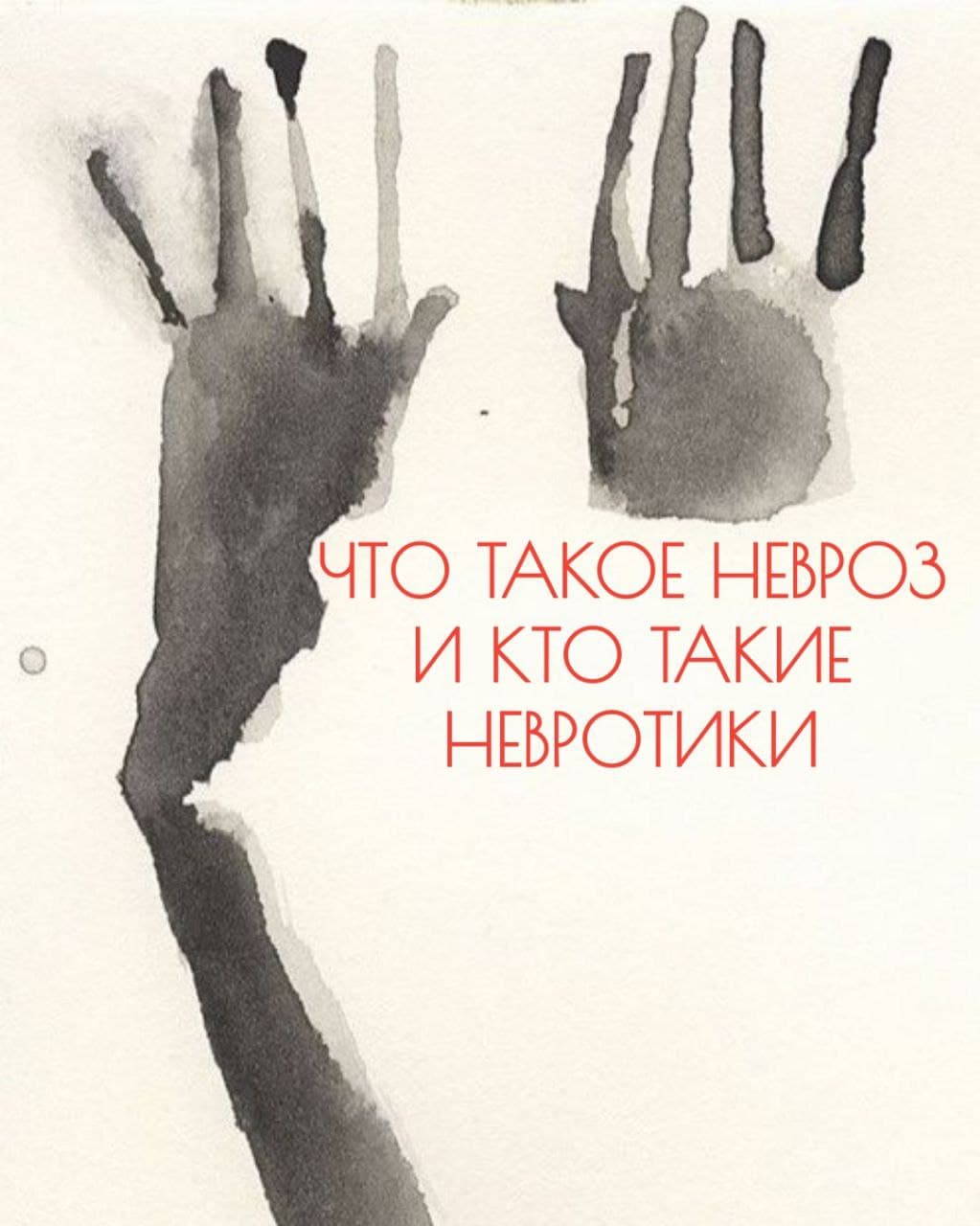
What is neurosis, and who are neurotics?